CHEMICAL IDENTIFICATION
-
RTECS NUMBER :
-
MS3070000
-
CHEMICAL NAME :
-
Histidine, L-
-
CAS REGISTRY NUMBER :
-
71-00-1
-
LAST UPDATED :
-
199709
-
DATA ITEMS CITED :
-
18
-
MOLECULAR FORMULA :
-
C6-H9-N3-O2
-
MOLECULAR WEIGHT :
-
155.18
-
WISWESSER LINE NOTATION :
-
T5M CNJ E1YZVQ
HEALTH HAZARD DATA
ACUTE TOXICITY DATA
-
TYPE OF TEST :
-
LD50 - Lethal dose, 50 percent kill
-
ROUTE OF EXPOSURE :
-
Oral
-
SPECIES OBSERVED :
-
Rodent - rat
-
DOSE/DURATION :
-
>15 gm/kg
-
TOXIC EFFECTS :
-
Details of toxic effects not reported other than lethal dose value
-
TYPE OF TEST :
-
LD50 - Lethal dose, 50 percent kill
-
ROUTE OF EXPOSURE :
-
Intraperitoneal
-
SPECIES OBSERVED :
-
Rodent - rat
-
DOSE/DURATION :
-
>8 gm/kg
-
TOXIC EFFECTS :
-
Details of toxic effects not reported other than lethal dose value
-
TYPE OF TEST :
-
LD50 - Lethal dose, 50 percent kill
-
ROUTE OF EXPOSURE :
-
Subcutaneous
-
SPECIES OBSERVED :
-
Rodent - rat
-
DOSE/DURATION :
-
>10 gm/kg
-
TOXIC EFFECTS :
-
Details of toxic effects not reported other than lethal dose value
-
TYPE OF TEST :
-
LD50 - Lethal dose, 50 percent kill
-
ROUTE OF EXPOSURE :
-
Intravenous
-
SPECIES OBSERVED :
-
Rodent - rat
-
DOSE/DURATION :
-
>2 gm/kg
-
TOXIC EFFECTS :
-
Details of toxic effects not reported other than lethal dose value
-
TYPE OF TEST :
-
LD50 - Lethal dose, 50 percent kill
-
ROUTE OF EXPOSURE :
-
Oral
-
SPECIES OBSERVED :
-
Rodent - mouse
-
DOSE/DURATION :
-
>15 gm/kg
-
TOXIC EFFECTS :
-
Details of toxic effects not reported other than lethal dose value
-
TYPE OF TEST :
-
LD50 - Lethal dose, 50 percent kill
-
ROUTE OF EXPOSURE :
-
Intraperitoneal
-
SPECIES OBSERVED :
-
Rodent - mouse
-
DOSE/DURATION :
-
>10 gm/kg
-
TOXIC EFFECTS :
-
Details of toxic effects not reported other than lethal dose value
-
TYPE OF TEST :
-
LD50 - Lethal dose, 50 percent kill
-
ROUTE OF EXPOSURE :
-
Subcutaneous
-
SPECIES OBSERVED :
-
Rodent - mouse
-
DOSE/DURATION :
-
>10 gm/kg
-
TOXIC EFFECTS :
-
Details of toxic effects not reported other than lethal dose value
-
TYPE OF TEST :
-
LD50 - Lethal dose, 50 percent kill
-
ROUTE OF EXPOSURE :
-
Intravenous
-
SPECIES OBSERVED :
-
Rodent - mouse
-
DOSE/DURATION :
-
>2 gm/kg
-
TOXIC EFFECTS :
-
Details of toxic effects not reported other than lethal dose value
-
TYPE OF TEST :
-
TDLo - Lowest published toxic dose
-
ROUTE OF EXPOSURE :
-
Oral
-
SPECIES OBSERVED :
-
Rodent - rat
-
DOSE/DURATION :
-
221 gm/kg/46D-C
-
TOXIC EFFECTS :
-
Liver - changes in liver weight Blood - other changes Nutritional and Gross Metabolic - changes in metals, not otherwise specified
-
TYPE OF TEST :
-
TDLo - Lowest published toxic dose
-
ROUTE OF EXPOSURE :
-
Intraperitoneal
-
SPECIES OBSERVED :
-
Rodent - rat
-
DOSE/DURATION :
-
12 gm/kg/5W-I
-
TOXIC EFFECTS :
-
Kidney, Ureter, Bladder - other changes Endocrine - changes in adrenal weight Blood - changes in serum composition (e.g. TP, bilirubin, cholesterol)
-
TYPE OF TEST :
-
Cytogenetic analysis
MUTATION DATA
-
TYPE OF TEST :
-
Cytogenetic analysis
-
TEST SYSTEM :
-
Rodent - hamster Lung
-
DOSE/DURATION :
-
2500 ppm
-
REFERENCE :
-
TOLED5 Toxicology Letters. (Elsevier Science Pub. B.V., POB 211, 1000 AE Amsterdam, Netherlands) V.1- 1977- Volume(issue)/page/year: 28,117,1985 *** OCCUPATIONAL EXPOSURE LIMITS *** OEL-RUSSIA:STEL 2 mg/m3 JAN 1993 *** NIOSH STANDARDS DEVELOPMENT AND SURVEILLANCE DATA *** NIOSH OCCUPATIONAL EXPOSURE SURVEY DATA : NOES - National Occupational Exposure Survey (1983) NOES Hazard Code - X4775 No. of Facilities: 233 (estimated) No. of Industries: 2 No. of Occupations: 8 No. of Employees: 13683 (estimated) No. of Female Employees: 11508 (estimated)
|
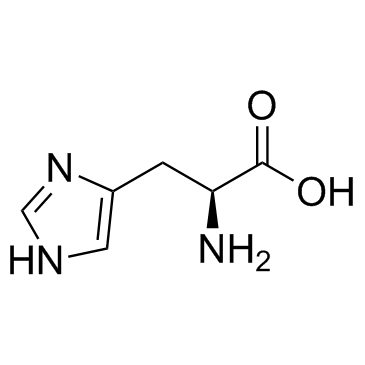
 CAS#:305-84-0
CAS#:305-84-0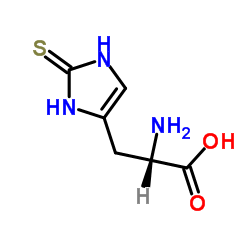 CAS#:2002-22-4
CAS#:2002-22-4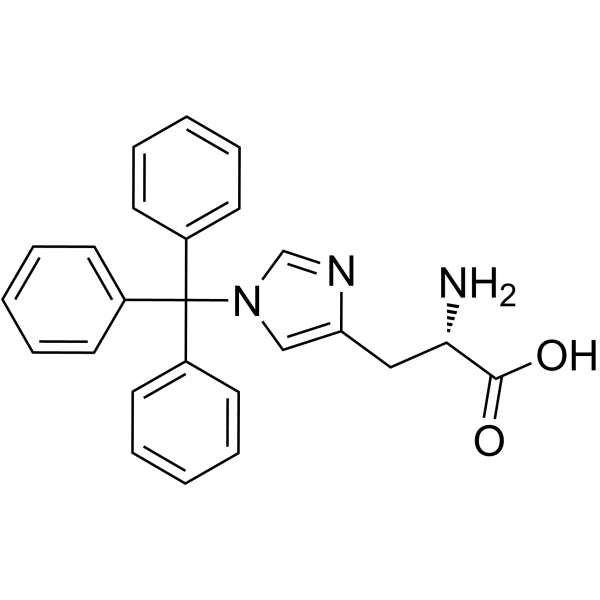 CAS#:35146-32-8
CAS#:35146-32-8 CAS#:1499-46-3
CAS#:1499-46-3 CAS#:83468-83-1
CAS#:83468-83-1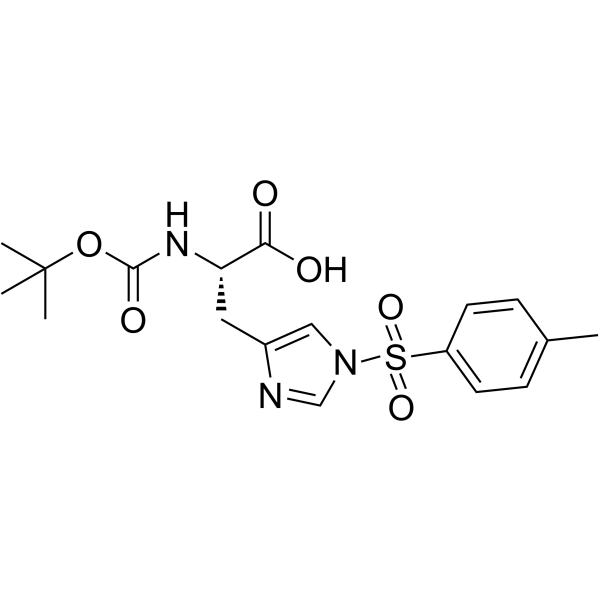 CAS#:35899-43-5
CAS#:35899-43-5 CAS#:2489-13-6
CAS#:2489-13-6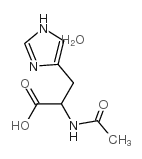 CAS#:10101-30-1
CAS#:10101-30-1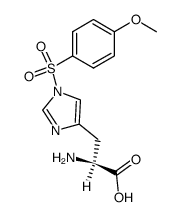 CAS#:73475-63-5
CAS#:73475-63-5 CAS#:10457-26-8
CAS#:10457-26-8 CAS#:110342-24-0
CAS#:110342-24-0 CAS#:120293-52-9
CAS#:120293-52-9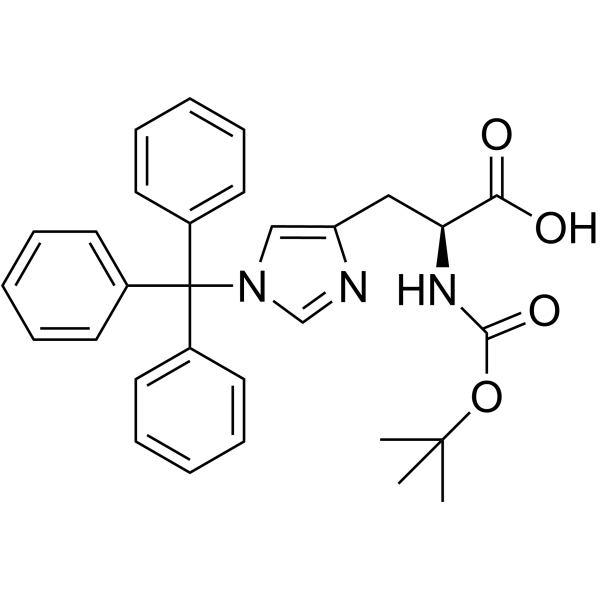 CAS#:32926-43-5
CAS#:32926-43-5 CAS#:368-16-1
CAS#:368-16-1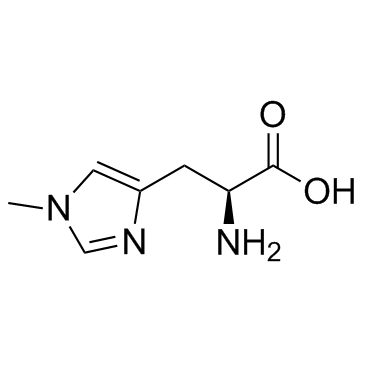 CAS#:332-80-9
CAS#:332-80-9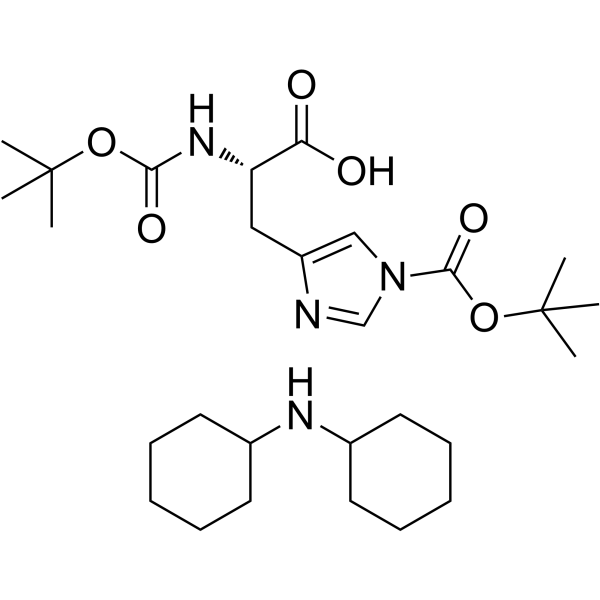 CAS#:31687-58-8
CAS#:31687-58-8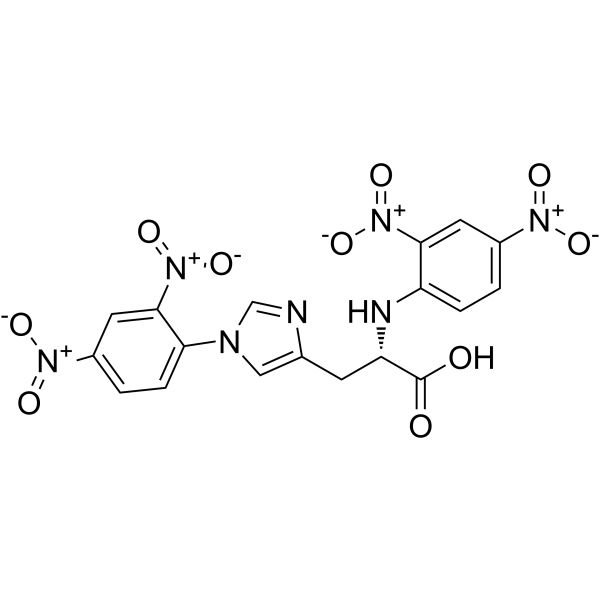 CAS#:3129-33-7
CAS#:3129-33-7
